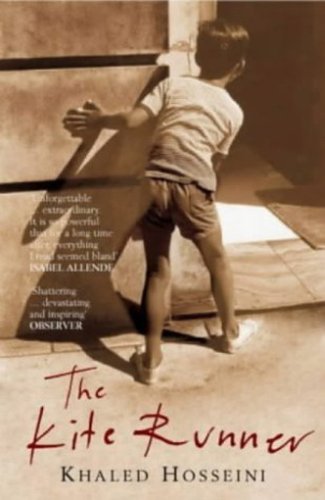
Genre: novel
Country: the author is Pakistani, but the novel is set in many countries (Japan, India, Pakistan, USA and Afghanistan)
In italiano il libro è stato tradotto con il titolo Ombre Bruciate ed è edito da Ponte delle Grazie.La mia recensione è uscita, in italiano, sulla rivista culturale Paper Street ed è disponibile a questo link. Come al solito, vi offro ulteriori riflessioni sul libro, in lingua inglese.
Hiroko is a young woman from Nagasaki whose dreams for the future are swept away when the atomic bomb is dropped in her town. She loses virtually everything: her relatives, her fiancé and her home country. What she gets in exchange for that is a burning on her back shaped like the three-crane pattern of her kimono. She asks for shelter in Delhi, where the English relatives of her departed German fiancé live. Here she meets Elizabeth Burton née Weiss with whom she’ll become life-long friends and Sajjad Ashraf, a Muslim employee of the Burtons whom she will later marry, defying all conventions. Partition catches them while they’re on honeymoon abroad and, unable to go back to Delhi, they set off for Karachi, then the capital of the newly-born state of Pakistan. The story goes on with the children of the two families. Raza, Hiroko’s son, finds out that he’s a stranger in the town where he grew up. His peculiar features (he’s half Japanese and half Indian) and gift for learning languages allow him to pass for a Hazara and cross the border to Afghanistan, where the mujahideen are fighting their endless war. The novel starts with a detonation, that of the atomic bomb in Nagasaki, and towards the end comes to another detonation, that of 9/11. Harry is Elizabeth’s son, who grew up first in Delhi and then in New York. He still has strong links to that part of the world and in fact he goes back there several times a year, without letting his mother know that he is in a war area. In the meantime, his own country, has become a place where Muslim people are considered a possible threat.
What I’d like to point out here is that I think that Kamila Shamsie re-elaborates the work of different authors. The episode where Sajjad is accused of having molested Hiroko and is sent away by the Burtons is reminiscent of A Passage to India by E.M. Forster, where Dr. Aziz, also a Muslim acquainted with English people and also quite a charming man, is accused of having molested Miss Quested. That Sajjad and Hiroko end up having a very happy marriage demonstrates that, had Miss Quested overcome her prejudice for Indian men, she could have loved Dr. Aziz (in my opinion she did like him, albeit unconsciously). That Hiroko is a Japanese woman and not an English one, though, hints at the fact that only a woman coming from a completely different background, not Westerner and not Indian, could have done that.
This book is about fluid identities, loss and the feeling of being a stranger in a place that you considered your home. The latter is a theme that many Indian writers have tackled before: the first who comes to mind is Anita Desai. Kamila Shamsie, though, develops her own style and shows her own skills as a tremendous story teller. Burnt Shadows, ambitious and epic in scope, has wonderful characters and beautiful descriptions. A minor flaw could be that there is too much difference between a first part peppered with lyrical writing and insights into the characters and a second part, set on the border between Pakistan and Afghanistan, that suspiciously resembles a lightweight thriller.
About the author: Kamila Shamsie was born in Pakistan in 1973 into a family of writers and journalists. Her first book was In the City by the Sea (1998), followed by Salt and Saffron (2000). Her third novel, Kartography (2002), was published to widespread critical acclaim. Burnt Shadows, her fifth novel to date, was short-listed for the Orange Prize for Fiction. Kamila Shamsie is also a columnist, primarily for The Guardian.


